This smoky, brothy black-eyed pea soup recipe is a favorite in our family. It's brimming with earthy beans, aromatic vegetables and collard greens. Fresh thyme and smoked paprika add a delicious depth of flavor.
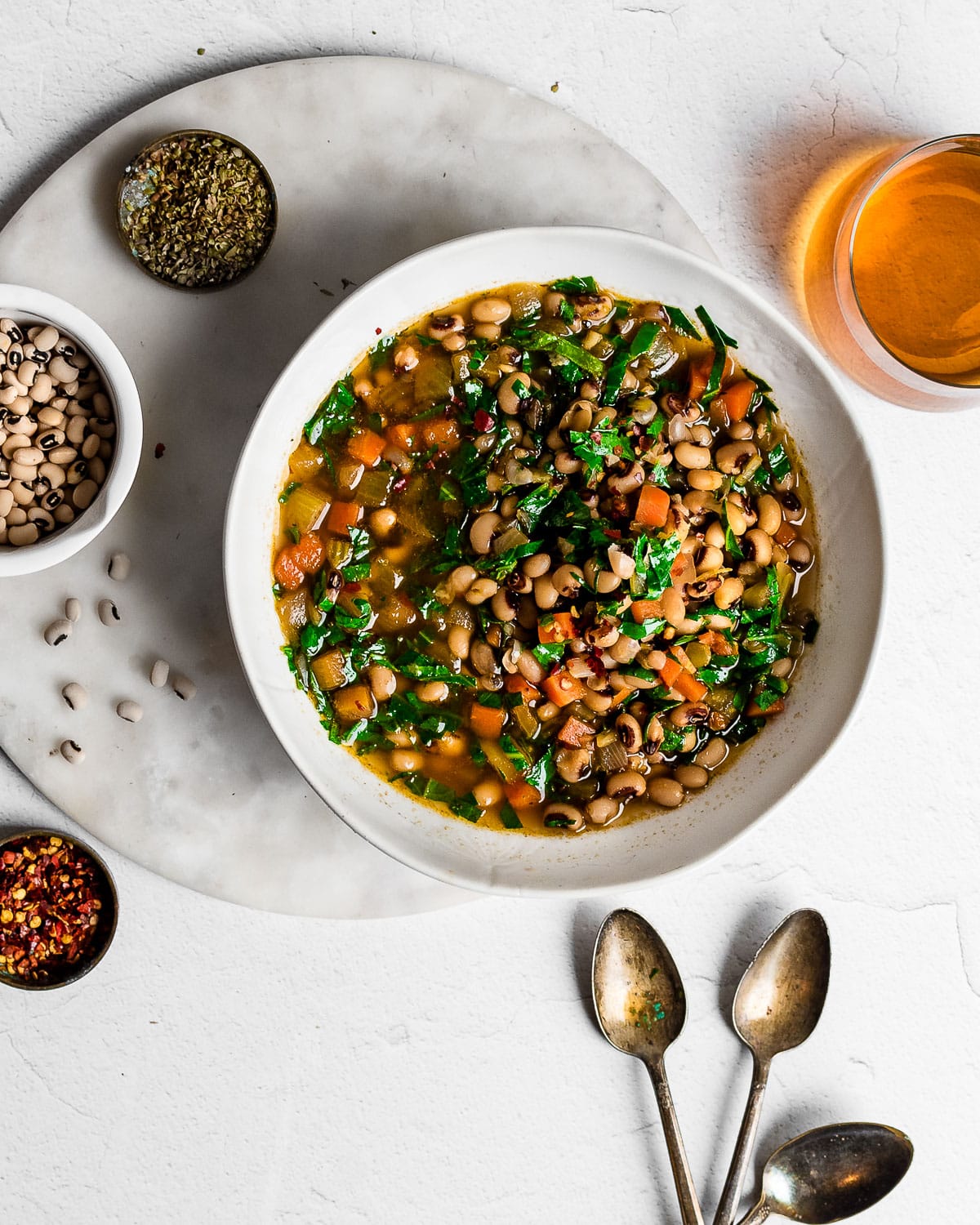
Jump to
Growing up, I remember eating black-eyed peas and greens on New Year's Day. It's a folk tradition that promises wealth and good fortune in the New Year.
Over the last few years, I've combined them in this deeply nourishing, simple black-eyed pea and ham hock soup. You start by soaking black-eyed peas and making a rich stock made with ham hocks.
Then, you season the soup with aromatic vegetables, plenty of fresh thyme, and a good dose of smoked paprika.
What makes it lucky?
Pork, black-eyed peas (and other pulses), and collard greens are traditional lucky foods in the American South. They're often eaten together on New Year's Day in a lucky feast to bring good fortune.
Pork symbolizes progress and prosperity because pigs root forward while foraging.
Black-eyed Peas symbolize coins and represent good luck and financial success due to their coin-like appearance.
Collard Greens' green color symbolizes money. They're traditionally believed to attract wealth and prosperity.
Key Ingredients + Substitutions
Dried black-eyed peas give the soup body and texture. They're a traditional lucky food in the American South. They're rich in fiber, folate, and many minerals.
Ham hock is essentially a smoked pork knuckle. They impart a rich, smoky flavor to soups. They are also packed with collagen-rich connective tissue, making excellent gelatinous broth and stock. You can swap smoked turkey legs for the ham hock, in a pinch.
Collard greens are packed with fiber, vitamin K, and antioxidants. Like ham and black-eyed peas, they're a lucky food. Kale is a good substitute for collard greens.
Onion, carrots, and celery are sautéed together. They give the soup body and flavor.
Herbs and spices include crushed red pepper flakes for heat, smoked paprika, and fresh thyme. They provide depth and flavor to the soup.
Lard is perfect for sautéing the vegetable before you add the ham stock. It's easy to render your own lard. Olive oil and bacon fat make good swaps.
Why soak black-eyed peas?
Black-eyed peas are pulses (dried beans, lentils, peas, and chickpeas). Soaking pulses in warm water helps soften them and encourages them to cook evenly.
When you add baking soda to the soak water, it breaks down the complex starch raffinose - making them easier to digest.
How to Make It
Preparing the black-eyed peas. Soaking the beans takes about 8 hours (and up to 12). It helps them cook evenly and softens them. Begin soaking them the night before you plan to make the soup.
I also recommend cooking them separately from the soup rather than directly in the broth. Cooking them in advance helps them cook evenly and clear your broth. You can cook them in advance and store them in the fridge for up to 3 days before making the soup.
Preparing the ham hock broth. Making the ham broth in advance allows you to cook down all the connective tissue in the ham hocks. The result is a beautiful, gelatinous broth with a deep, smoky flavor. You make the broth in advance and store in the fridge for up to 5 days before assembling the soup.
Assembling the soup. With both the black-eyed peas and the ham hock already prepped, whipping up the soup is a cinch. You sauté the onions, carrots, and celery with aromatic herbs and spices. Pour in the broth, and then add the cooked beans, reserved ham, and collard greens at the very end.
Serving the Soup
I like to ladle the soup into bowls and serve it with a quick-and-easy cornbread. A spoonful of homemade fermented hot sauce or pepper mash can go a long way to pick up the flavor.
Variations
Don't eat pork? Swap smoked turkey legs for the ham hock and use olive oil instead of lard when sautéing the vegetables.
For a creamier soup, you can mash some of the black-eyed peas before adding them to the broth.
Love this recipe? There's more.
Join Nourished Kitchen+ for ad-free browsing, nourishing monthly meal plans, live workshops, and access to all our premium downloads.
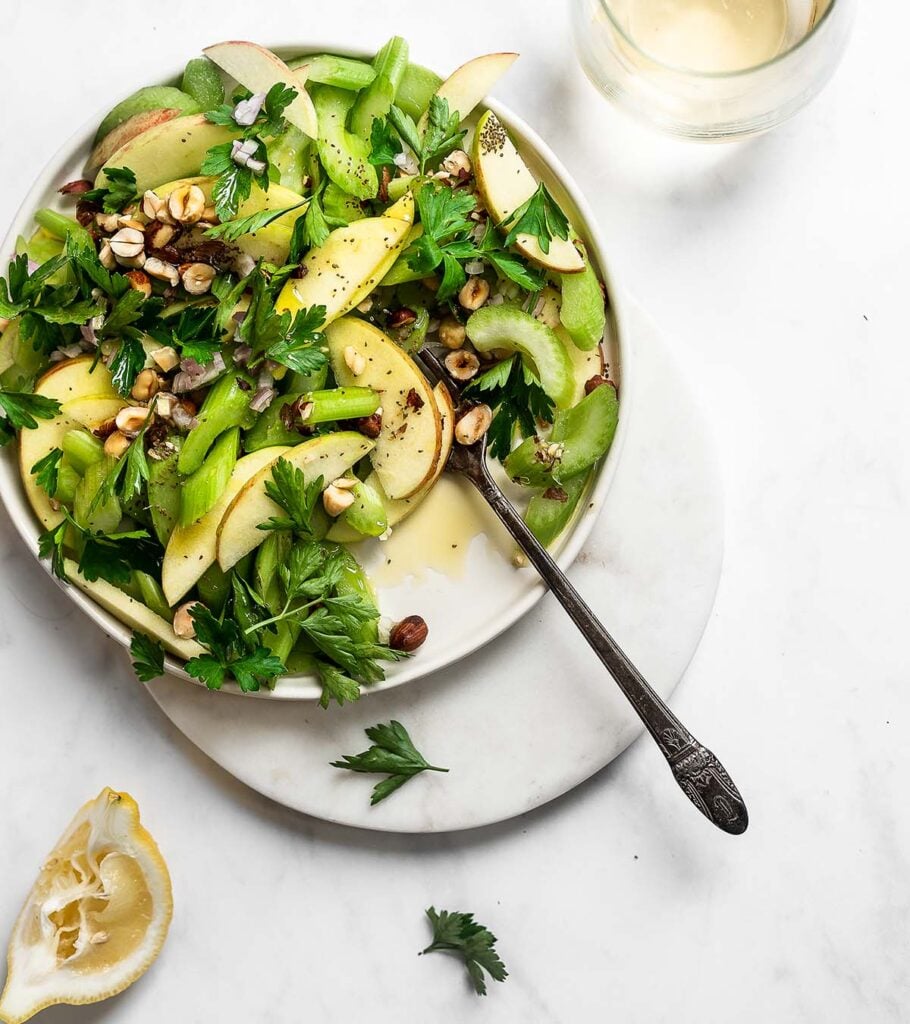
Recipe Questions
You can store it in an airtight container in the fridge for up to 5 days. Or freeze for up to 3 months.
Yes, of course. Just skip the steps of soaking and cooking the black-eyed peas. Open your cans, drain and rinse the beans, and then add them to the soup pot at the end of cooking.
Wine is acidic and helps bring balance to the earthy, smoky flavor of the soup. It also encourages the ham hocks to release their collagen, producing a silky broth. You can substitute beer or a squeeze of lemon.

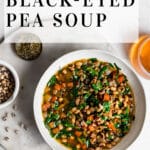
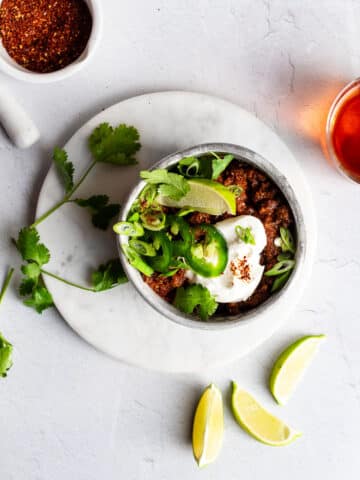
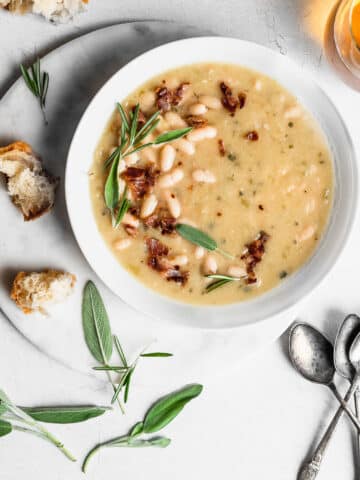
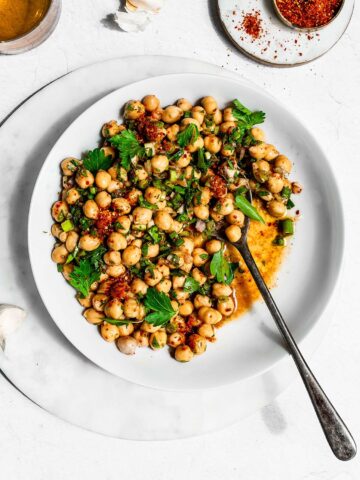
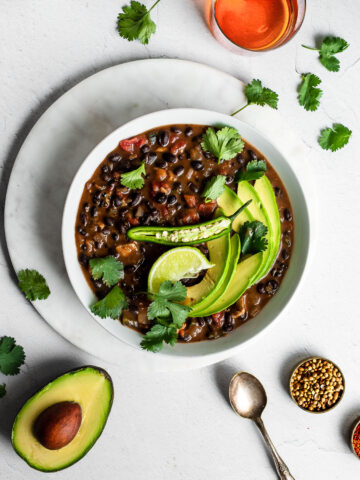
Comments
No Comments